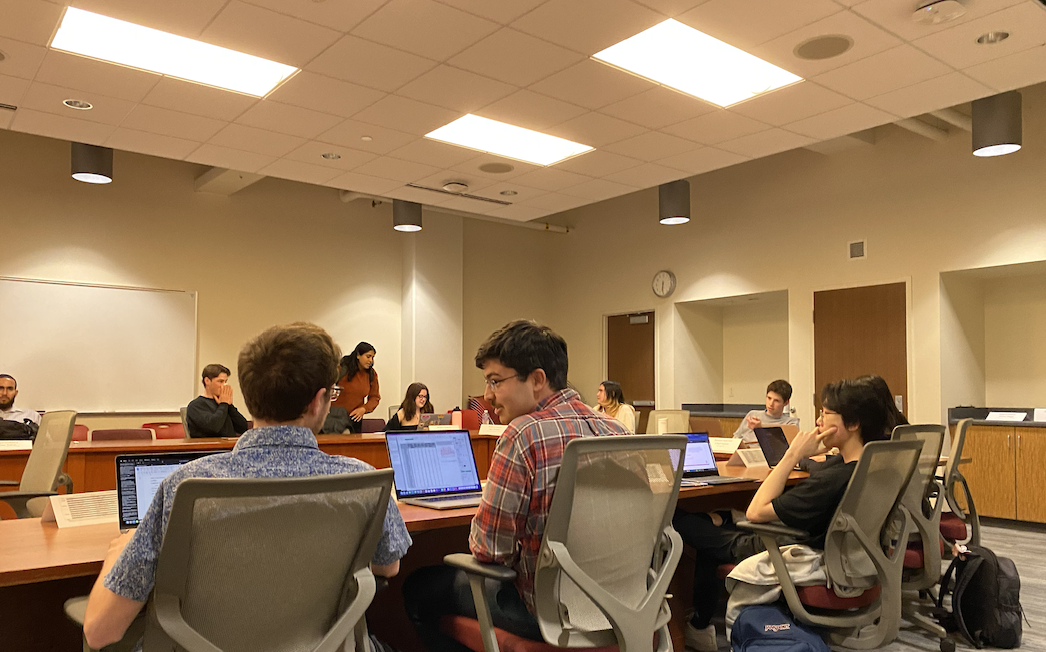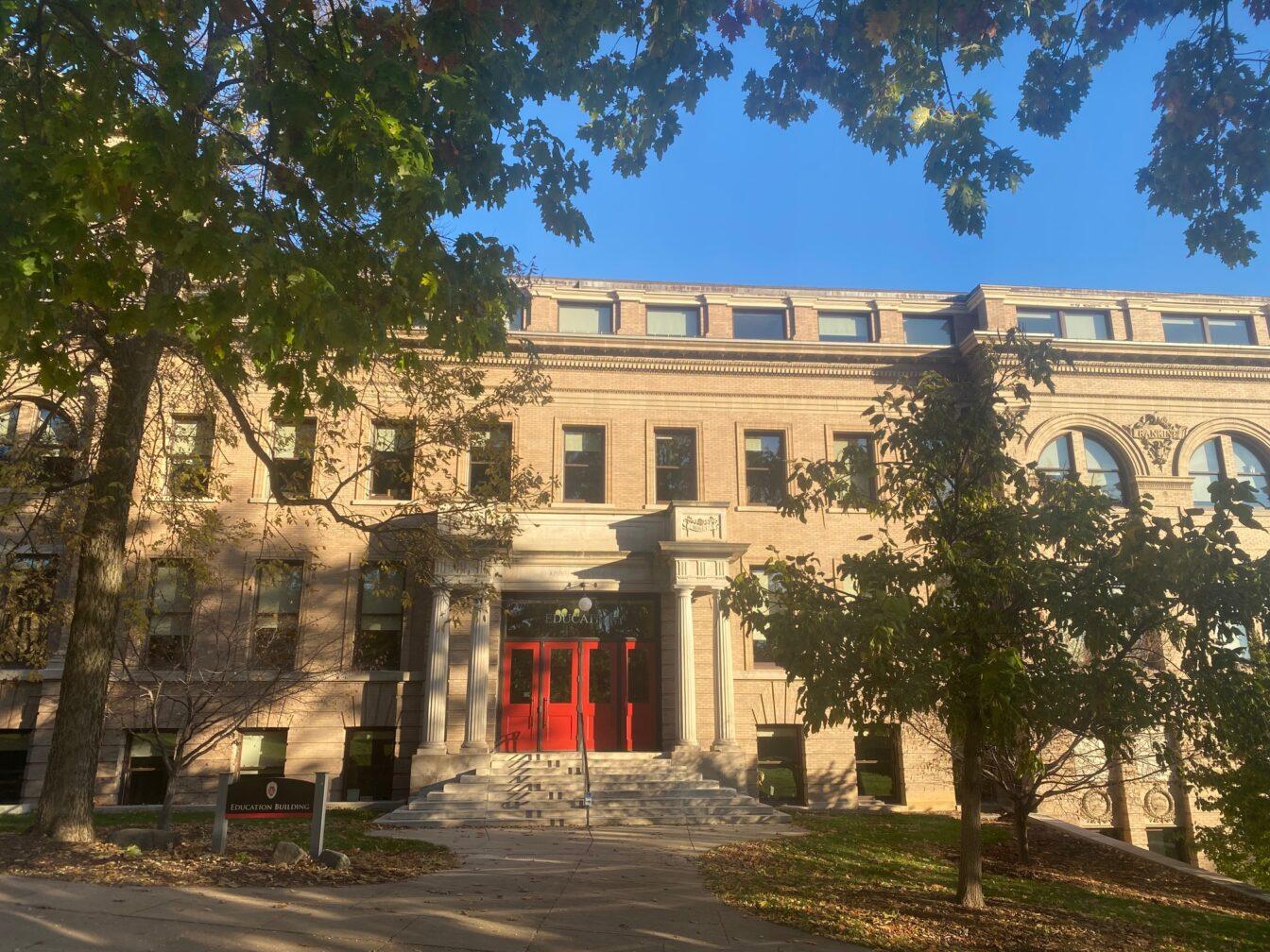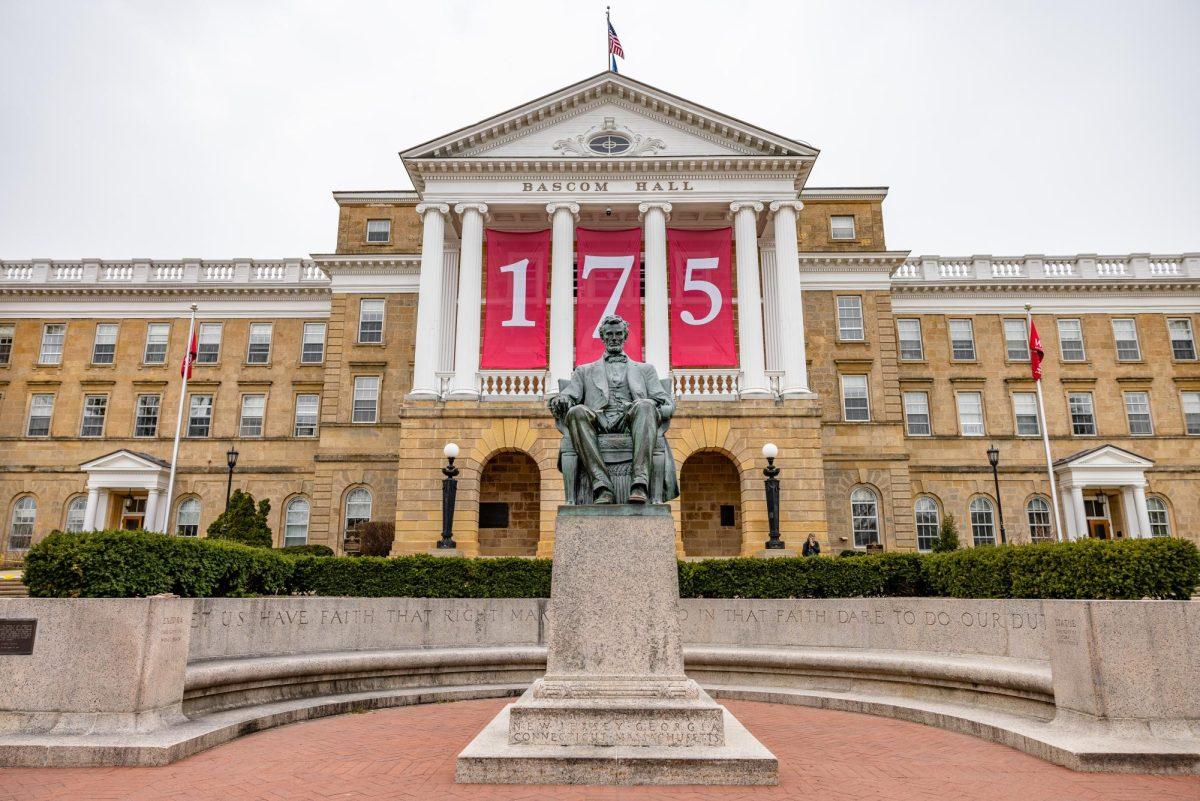With the rise of prescription-drug abuse, pharmacies have become hot targets for armed robberies. Last winter in the small town of Waldoboro, Maine, population of 4,916, a thin young white man entered Unity Pharmacy, waved a knife, and violently instructed the drugstore's elderly customers to lie on the floor. The robber was in search of prescription painkillers. Since the incident, pharmacies throughout Maine have implemented precautions, such as preparing decoy bottles labeled "Oxycodone" and filled with M&M candies to hand over to robbers in case of a holdup.
As absurd as it sounds, "counter jumpers" — people who rob pharmacies — are popping up nationally. The highest concentration of these crimes occurs in small, rural towns and usually involves OxyContin, a pill which when ingested, or crushed and then either injected or snorted, gives users an intense, powerful high.
The considerable increase in prescription-drug abuse directly correlates with heightened availability. Today, anybody with a computer and credit card can purchase a prescription on the Internet from "pill mills" — websites operating outside the United States — that sell drugs without a prescription slip from a doctor. Some prescription drug addicts "doctor shop" to find an unscrupulous physician likely to write "scripts."
The National Institute on Drug Abuse reports that about 20 percent of the U.S. population has abused prescription drugs. On college campuses, I would estimate a significantly higher instance of abuse; in Madison, obtaining and abusing a study or sleep aid is as easy as ordering a pizza.
In our lifetime, we have experienced the highest increase in drug prescriptions. A new report from Columbia University's National Center on Addiction and Substance Abuse finds more Americans "now abuse prescription drugs than use any illegal substance except marijuana."
Young adults are over-prescribed drugs ranging from anxiety and depression pills to hard-core pain relievers. Unlike older populations, college students are more aware of popular drugs on the market and we are therefore more apt to lust after such medications. Our generation has become so familiar with certain psychological disorders covered in the media and the concoctions that "treat" such illness, that in doctor's visits, we often specifically describe the condition or circumstance in which the preferred drug would be legally prescribed. I've even heard a story about a student walking into University Health Services, listing the symptoms of Attention Deficit Disorder, and walking out with a refillable prescription for Ritalin.
If visiting a doctor fails to be a suitable method of obtaining drugs, students beg, borrow or steal pills from roommates, friends, and family members. With so many of us prescribed trendy, notoriously famous drugs, like Ritalin or Xanax, trade rings have been established. "Want a Valium for a Percocet?" "Oh you want to zone out … choose from my collection of tranquilizers."
An anonymous friend proclaimed, "We have become each others' doctors," in the sense that we push friends to take drugs as a means of curing any benign ailment or, more often, enhancing one's mood. But has any research surfaced about the long-term effects of these highly addictive drugs?
In December 2004, I wrote an article "Addicted to Attention" (published in The Badger Herald) highlighting Adderall usage on campus, noting that our generation witnessed a frightening increase in ADD prescriptions. Since 1995, 20 times as many school-age children are prescribed an "attention" drug. Because many of us were raised on these pills, we have a lackadaisical attitude about taking this stimulant.
And while Adderall and Ritalin have addictive characteristics, like that of speed and cocaine, medical research has yet to declare occasional use of these drugs harmful. I'll admit it — I too have reaped the benefits of Adderall: hours of energy and a prolonged attention span. But I stopped the habit after bouts of dizziness, nausea, bizarre twitching, and broken sleep. Minus the unpleasant effects, ingesting attention drugs in a controlled manner can potentially encourage studying. But because many are obtaining these stimulants illegally without receiving professional medical advice, students often overdose. And once a user overdoses, he or she must grapple with a list of side effects, such as an abnormally rapid heartbeat and insomnia. For example, a person who relies on Adderall may experience an extended period of attention, however, once they crash, the user will need a sleeping pill to combat the effects of the first drug. This solution of taking a multitude of drugs that counteract each other poses health risks.
When paired with heavy drinking and recreational drugs, prescription-drug use can kill.
The prescription-drug trend may fade, but until then, we need to learn how to manage our problems independently, sans assistance from pill popping. And for those of us eager to escape reality, engage in more traditional methods, such as drinking — an activity with better researched side effects. Whereas Americans have to yet to draw conclusions about crazy drug concoctions of horse tranquilizers and codeine, we have a solid understanding of the physiological effects of alcohol.
Rachel Alkon ([email protected]) is a senior majoring in English/creative writing.













